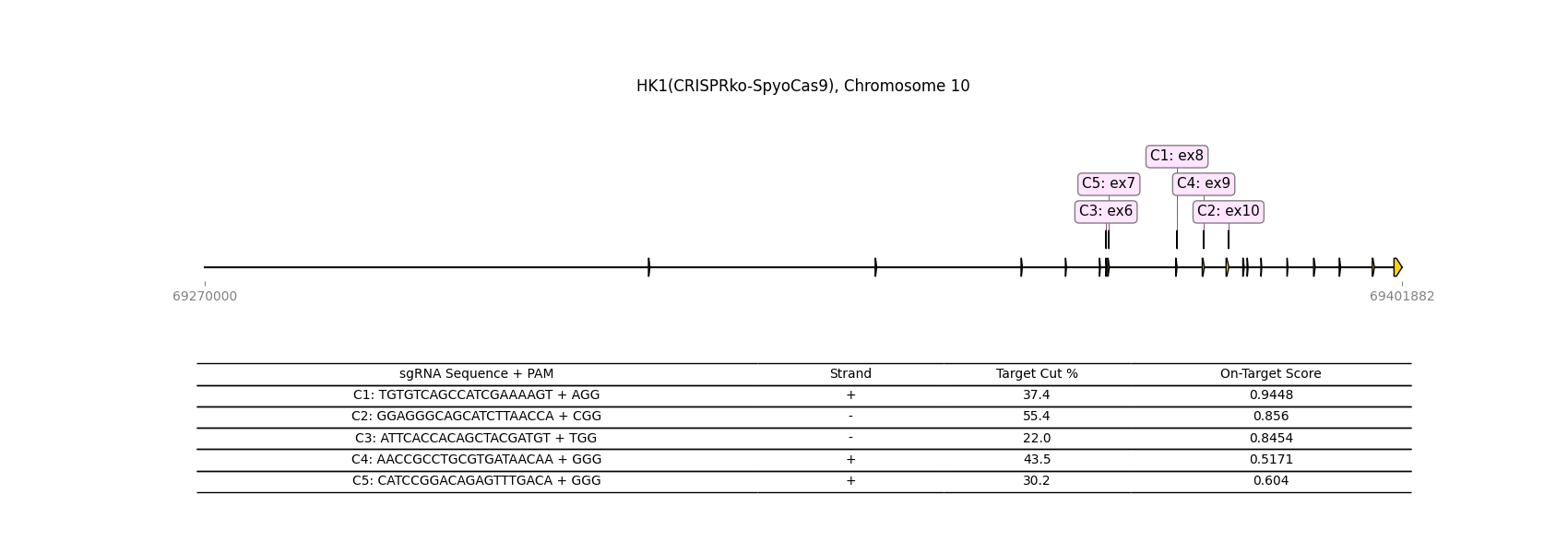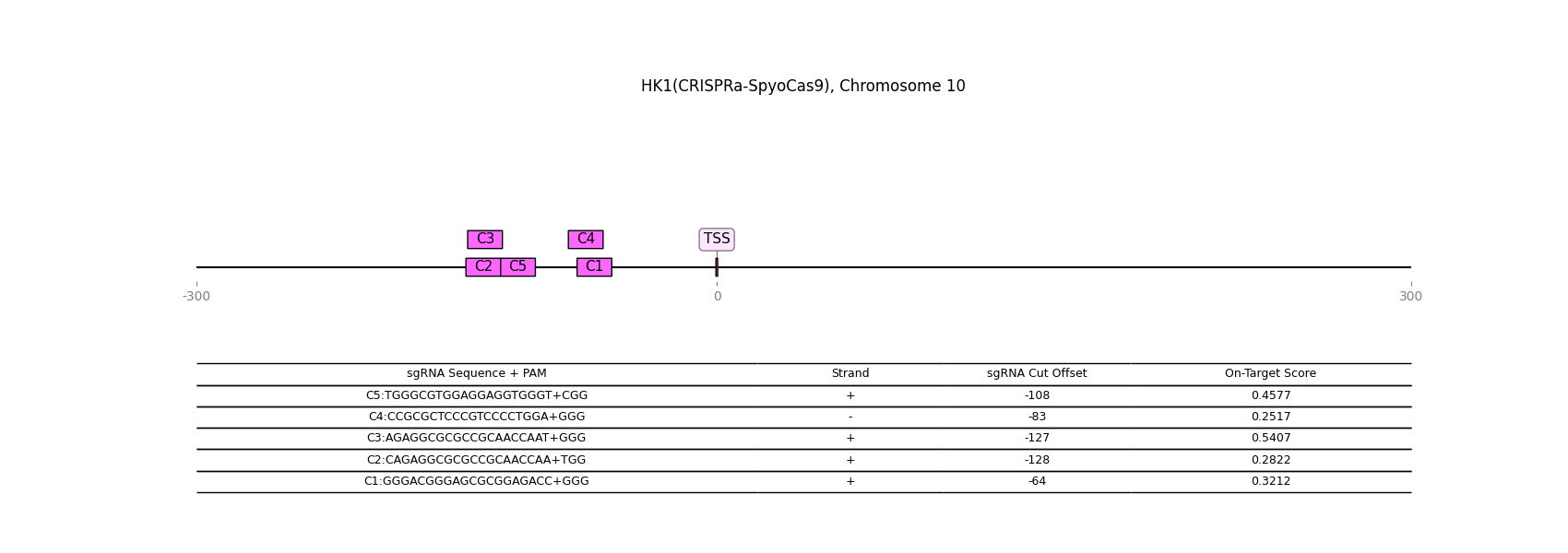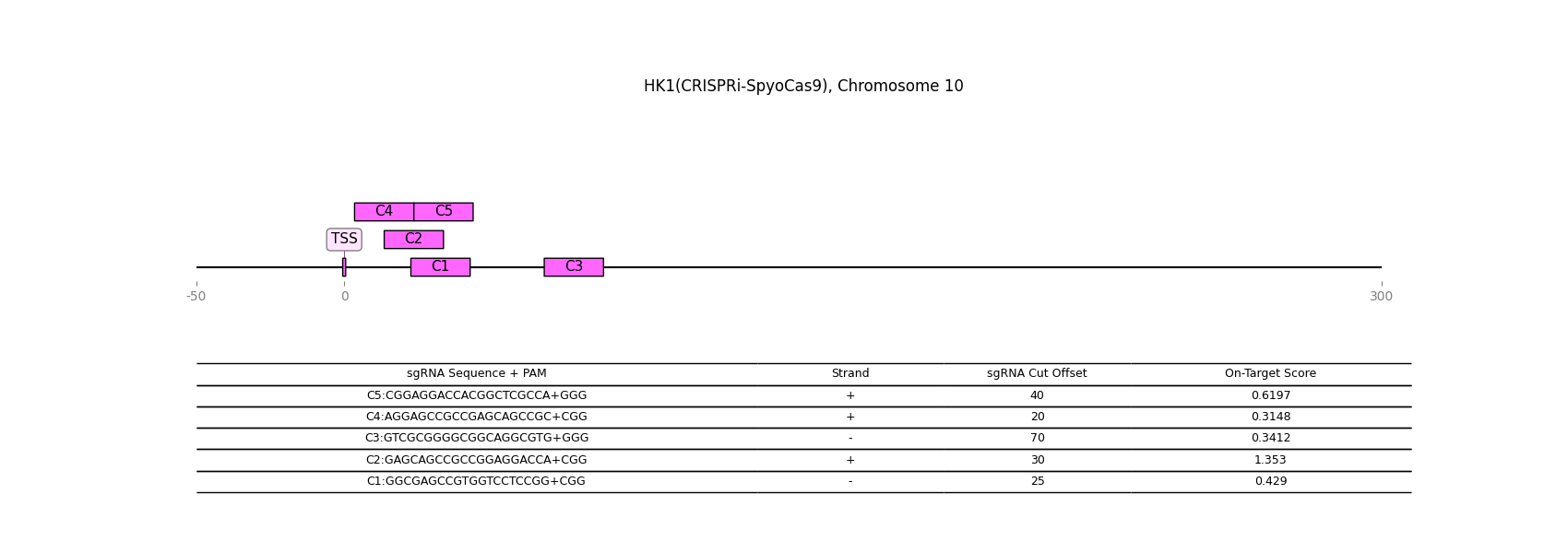Gene Details: HK1
1 / 1
General Information
Gene Name: HK1 (Hexokinase-1)
Synonym:
Short Names:
Alternative Names: Brain form hexokinase;Hexokinase type I;Hexokinase-A;
Notes:
- Hexokinase 1 (HK1) phosphorylates various hexoses, such as glucose, fructose, and galactose in the cytoplasm.
- It phosphorylates glucose to create glucose-6-phosphate. This is the first step of glycolysis, and necessary to form nucleotide-sugars.
- Does NOT phosphorylate D-Nacetylglucosamine (GlcNAc).
- This enzyme is responsible for the catalysis of the first event of glycolysis: the phosphorylation of glucose to glucose-1-phosphate.
Description from Dr.Glyco-GPT:
Warning: LLMs can generate factually incorrect information, as they simply predict the next word based on training data. Always verify LLM output by cross-checking with reliable sources!
Catalytic Activity

Reaction and Disease Links
EC # (IUBMB):
2.7.1.1
Brenda:
2.7.1.1
KEGG: 3098
Transcript levels (Cell lines and Single cell data) URL
CRISPR-knockout

CRISPR-activation

CRISPR-inactivation

Transcription factor-gene relationship (details at glycoTF page)
Top 10 TFs
| TF | Score |
|---|---|
| HNRNPK | 1.235812 |
| SON | 1.233552 |
| RBM39 | 1.218265 |
| TCF25 | 1.216802 |
| XRCC5 | 1.208695 |
| PCBP1 | 1.197392 |
| PCBP2 | 1.190456 |
| UBE2I | 1.184672 |
| SRSF3 | 1.178392 |
| YY1 | 1.170949 |
Licensing: CC BY 4.0. You are fee to copy, redistribute, remix, transform and build upon all material, except for textbook figures from the Essentials.